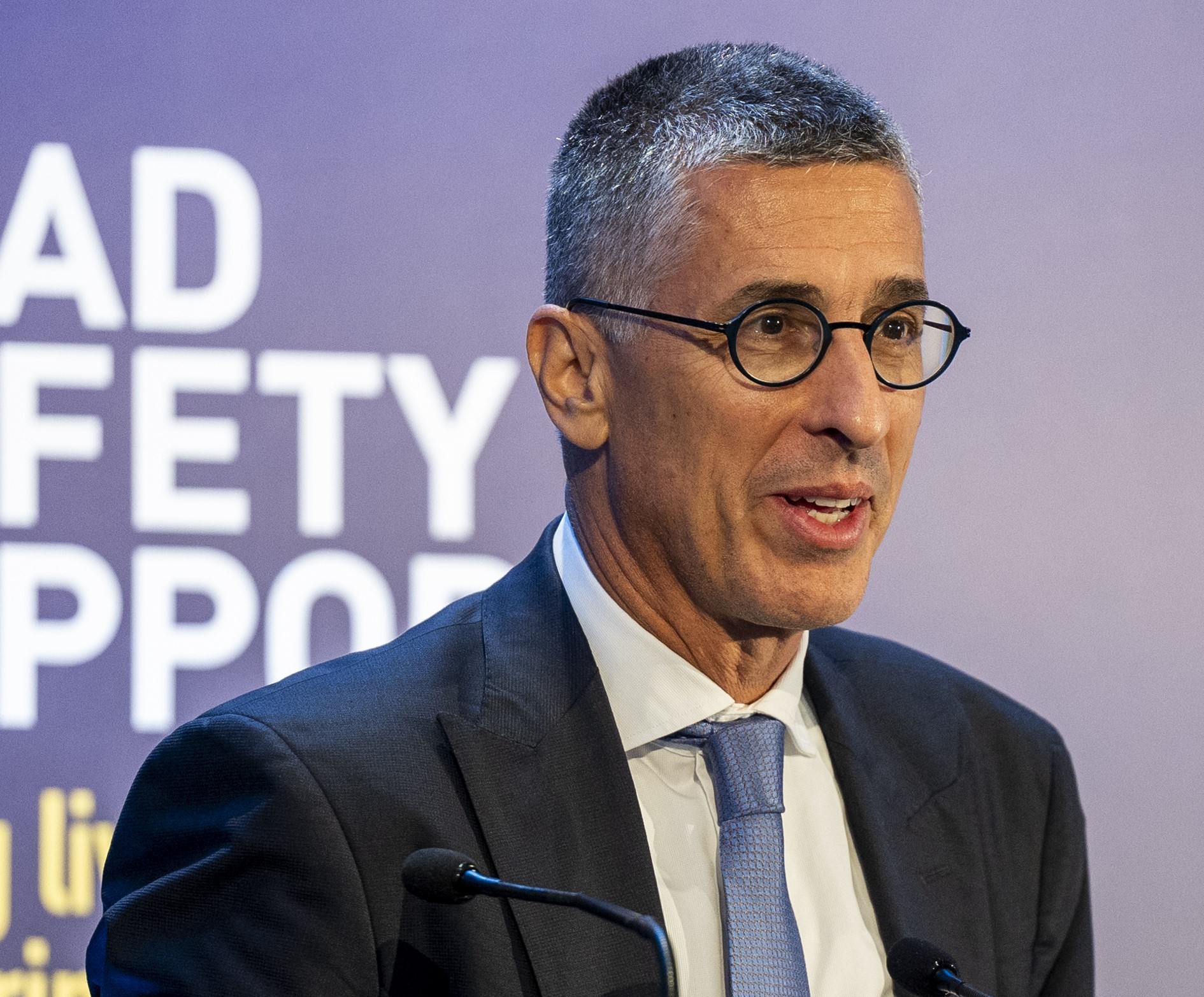The discussion and introduction of 30 km/h city zones faces strong reactions and rigid inertia, whereas supporters’ voices are weak and inefficient resulting in hesitant politicians and Authorities. That is the reason why I decided to step beyond the continuous scientific pleas and promote more actively the 30 km/h city through my challenge of running 30 marathons in 30 months. Scientific evidence so far demonstrates that more than 40% of lives are saved with the introduction of large zones of 30km/h speed limit; in parallel to significant environmental, energy and health impacts with less fuel consumption and more walking and cycling.
The dictatorship of passenger cars
Athens is collapsing in terms of traffic. With the current situation in Athens, the transport problem can be tackled, the traffic problem not. In order to reach some solution, priority should be given to serving travellers and not vehicles. “What will happen in Kifissos Urban Highway?” is the wrong question. The correct question is “How to serve those who have to move via Kifissos”. Complaints about traffic are being made by the guilty passenger car drivers”. One solution could be to develop a left bus lane in Kifissos; from north to the coast and vice versa, with one or two stops in between and lots of buses.
The “issue” with Vassilissis Olgas Avenue is a local issue. It is considered wrong to claim that this road was closed, instead Vassilissis Olgas Avenue was opened for pedestrians (and closed for cars). It is also inappropriate to say that it could become a low traffic road. If it is designed to serve important traffic volumes, it will act as a central artery. We only have low traffic roads in residential and commercial areas. Otherwise, it is like trying to drink with a fork (!)
The centre of Athens, however, is inexplicably overloaded with so many passenger cars and pass-through traffic. This priority attributed to passenger cars must change. Like any other measure, at the beginning it will be difficult; but then, as it has been proven in other cities, traffic will find balance. In his opinion, even with the current potential situation of public transport, it would be possible to improve travellers’ level of service, provided that they are given priority, as time is the main criterion in choosing transport modes. The only requirement is that bus lanes should be functional, extended and supervised for exclusive bus use. However, the great absence of Traffic Police is pointed out as they have a great share of responsibility for the traffic collapse.
Transportation Engineering is presented as something simply plausible but, in fact, it is a complex science. Therefore, “the examples chosen to be copied in Athens should be carefully selected”. It is worth making a comparison with other European countries with similar climatic conditions. For instance, Paris ring road is 35 km long with 4 lanes and has been in constant congestion for the last 30 years. As you provide space to cars, it quickly fills up with more cars. But in the centre of Paris, downtown in the Louvre, a 4-lane axis has now 2 large lanes for cyclists and 1 for all other vehicles. Rome and Lisbon have made significant steps, but Spanish cities have achieved much better mobility conditions because they have politicians who dare to be bold, even limiting vehicles parking space.
Do the daring win?
The issue of daring seems to be something of particular concern. For instance, the case of Athens Great Walk was a good start. It was short in length but that is how everything starts. Gradually and within a 15-year period, the walkways and cycle paths will be extended. But at the moment, car drivers do not want to change their habits, while pedestrians and cyclists are oppressed but they do not claim efficiently their space.
The “Athens Great Walk”
Two generations of NTUA Transportation Engineers have been working to upgrade transportation in Athens. And we will continue this marathon.
Article in Vima – Science newspaper in November 2023

